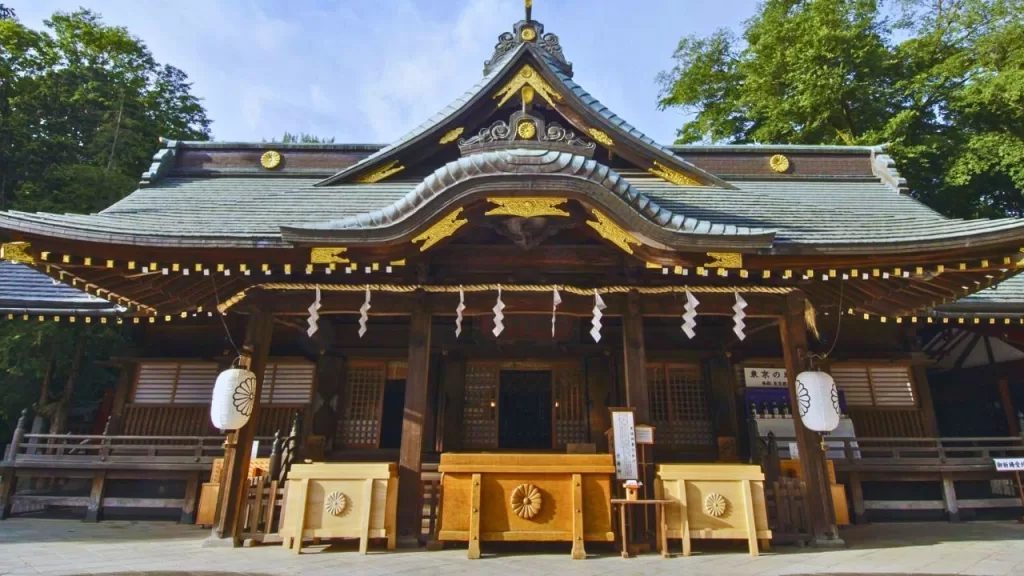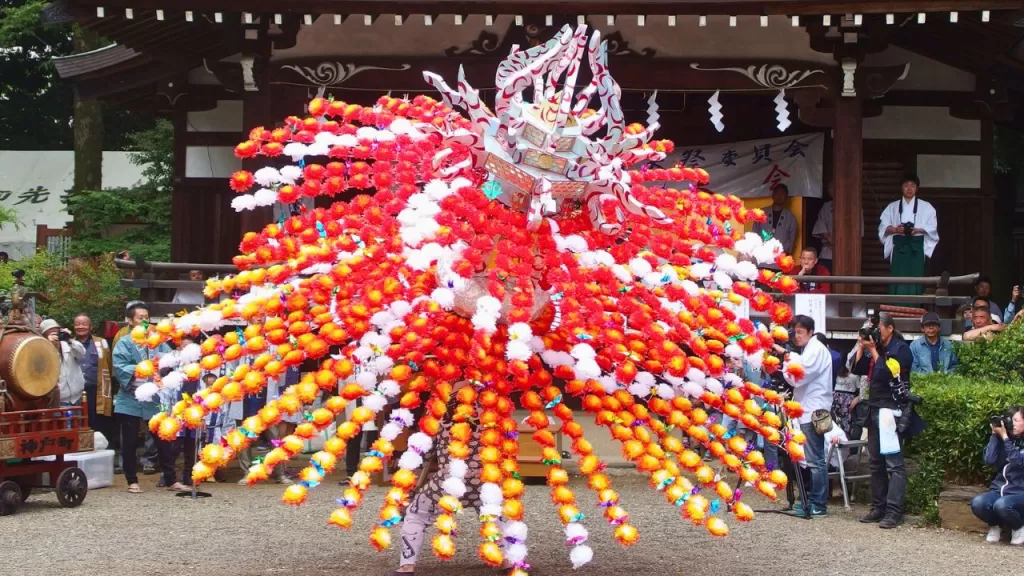The Kurayami Matsuri: A Tradition Held in Darkness
Kurayami Festival
Experience the mesmerizing allure of the Kurayami Festival, a captivating Tokyo events in April where ancient traditions, theatrical performances, and the vibrant atmosphere create an unforgettable experience amidst the Tokyo Events calendar.

The Venue and Dates
Okunitama-jinja Shrine, a notable shrine at the heart of Tokyo’s Fuchu city, hosts the Kurayami Matsuri, known as the Darkness Festival. Recognized as one of Tokyo’s most popular festivals with roots dating back to the 11th century, it has traditionally taken place from April 30 through May 6, with the most important procession occurring on May 5.
Beginning in 2017, extended routes have added to the festival’s excitement, making the festival’s main events – held after dusk – even more spectacular. It is projected to continue its annual schedule for years ahead, with 2024 planned for late April to early May.

Historical Significance and Cultural Implications
The Kurayami Festival is regarded as one of the oldest festivals in Japan and carries significant historical value. Its history can be traced back to Japan’s ancient times when people believed that direct connection with gods during a festival procession was taboo. Carrying the mikoshi (portable shrines) after dark ensured they couldn’t directly contact the divine. Today, lit by paper lanterns instead of city lights, this age-old tradition has transitioned into an eagerly awaited night event.
The festival is also deeply associated with Utagaki, an ancient ritual gathering involving farmers and peasants. This social relevance sees today’s younger generation attending in strong numbers, making it a sacred religious event and a popular social gathering.
Moreover, Kurayami Festival hosts equestrian-related ceremonies that reflect Fuchu City’s thousand-year-old history of horse breeding. Partaking in a mock race on day one of each year’s festival honors this ancient tradition.

Ceremonies and Events
The seven-day festival includes numerous colorful events that transform Fuchu City into a surreal landscape lit by lanterns and lights from the floats lining the streets outside Okunitama-jinja Shrine. Each float boasts unique costumes and colors, with both adults and children performing alongside them.
Leading to several highlights, including horse racing, archery, shrine jostling, taiko drumming, and mikoshi processions that attract crowds of over 700,000 visitors each year. Notwithstanding these main events, there are numerous smaller attractions like food stalls and games at every corner for attendees to enjoy.
Day one starts with collecting seawater from Shinagawa, which involves priests and participants for use during the festival following purification rituals. Continuation takes place over days two to five performing various traditional activities with strict adherence to time-honored customs. These include prayers for dry weather and safety throughout the festival; purifying mirrors on portable shrines (mikoshi), believing that it reflects both physical self and inner spirit; an eye-catching parade marked by lantern-laden floats followed by horse processions demonstrating speed and obedience, eventually culminating in six mikoshi being carried through streets returning to Okunitama Shrine early morning on day Six.
Considered one of Tokyo’s Folk Cultural Treasures since 2010, anyone fortunate enough to be in Japan during this period should plan to attend this fantastic spectacle. Admission is free for all events.
Discover the captivating charm of the Kurayami Festival, where the darkness is illuminated by the vibrant energy of the Ryōgoku Nigiwai Festival, creating an enchanting fusion of traditions.